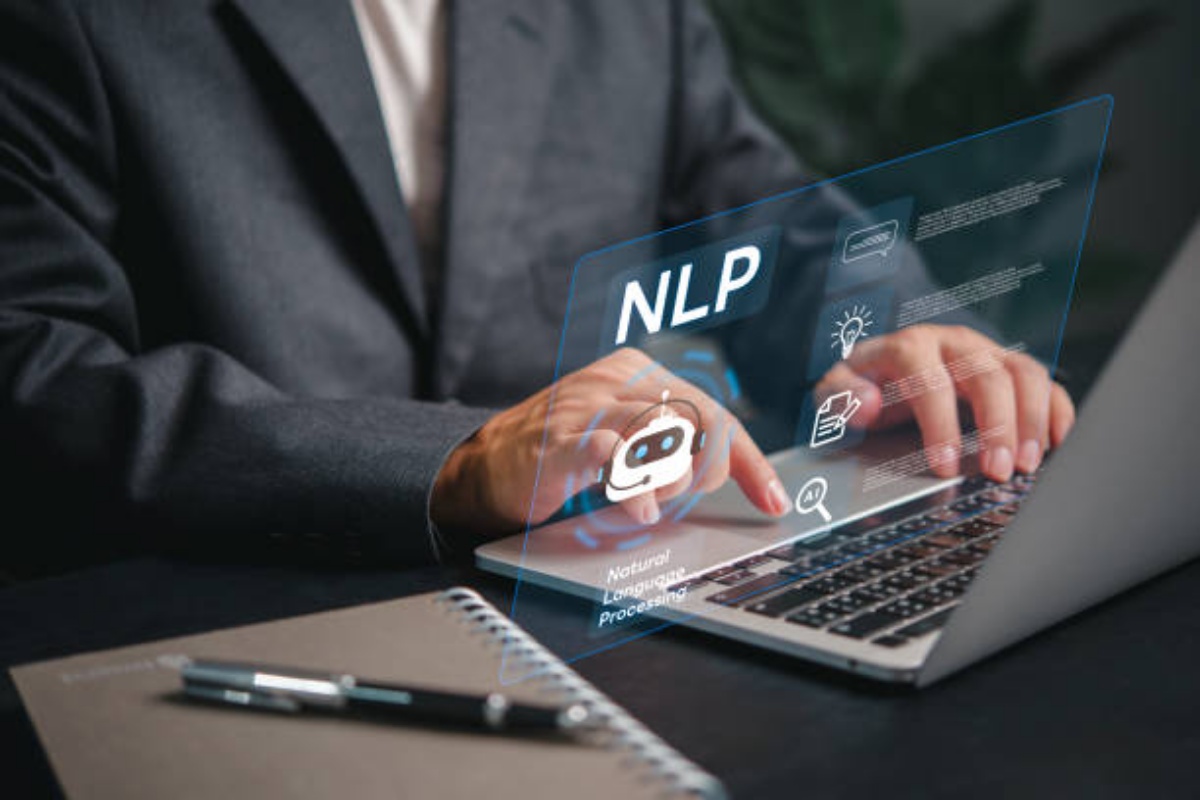Natural Language Processing (NLP) has emerged as one of the most transformative technologies of the 21st century. From virtual assistants and language translation to chatbots and content generation, NLP is redefining how humans interact with machines. As artificial intelligence (AI) continues to advance, the future of NLP promises even more groundbreaking developments that will reshape industries, communication, and the very fabric of how we understand language.
In this blog post, we will explore the current state of NLP, its evolution, and what the future holds for this dynamic and rapidly evolving field.
A Brief History of NLP
Natural Language Processing has its roots in the 1950s when Alan Turing posed the famous question, “Can machines think?” The early approaches to NLP were rule-based, where linguists and programmers created explicit grammatical rules. This was followed by statistical methods in the 1980s and 1990s, and then the deep learning revolution in the 2010s, which transformed NLP from a niche research domain into a foundational technology powering countless applications.
Key milestones in NLP history include:
- 1950s–1970s: Rule-based systems and symbolic AI.
- 1980s–1990s: Statistical models and machine learning.
- 2010s–present: Deep learning, transformers, and massive pre-trained language models like BERT, GPT, and T5.
NLP Today: A Powerful Tool
Modern NLP systems are capable of tasks that once seemed like science fiction:
- Machine translation (Google Translate)
- Voice assistants (Siri, Alexa)
- Text summarization
- Sentiment analysis
- Question answering
- Content generation (ChatGPT, Claude, Gemini)
These systems are built using sophisticated architectures like transformers, which allow models to understand context, nuance, and meaning better than ever before. The introduction of models like OpenAI’s GPT-4, Google’s PaLM, Meta’s LLaMA, and others has raised the bar for what language models can achieve.
What Does the Future Hold for NLP?
While today’s NLP capabilities are impressive, the journey is far from over. The future of NLP will likely be shaped by several key trends and technological advancements:
1. Truly Multilingual and Cross-Lingual Models
Today’s NLP models are often skewed toward high-resource languages like English, Chinese, and Spanish. The future will bring more robust models that perform equally well in low-resource and endangered languages. This will democratize access to NLP tools and preserve linguistic diversity.
- Zero-shot translation will become more accurate.
- Models will seamlessly switch between multiple languages.
- Cultural and contextual understanding across languages will improve.
2. Emotionally and Contextually Aware AI
Future NLP systems will not only understand what we say but how we feel. They will grasp nuances like sarcasm, humor, empathy, and emotional tone.
- Emotion detection will become standard in customer service and therapy applications.
- Chatbots and virtual assistants will adapt their tone based on the user’s emotional state.
- AI-generated content will feel more “human” and emotionally resonant.
3. Integration with Multimodal AI
The future of NLP will not be confined to text. It will be part of a broader multimodal AI ecosystem where language is integrated with vision, audio, and even touch.
- Text + image generation (e.g., describing a scene and generating it)
- Audio + text (e.g., real-time transcription and sentiment analysis of speech)
- Enhanced virtual and augmented reality experiences with natural dialogue interfaces
4. Ethical and Explainable NLP
As NLP systems become more powerful, ethical concerns such as bias, fairness, and transparency become more pressing.
- Future systems will feature built-in ethical constraints to reduce harmful outputs.
- Explainability will improve, allowing users to understand how and why a model made a decision.
- Researchers will continue to address issues of misinformation, content moderation, and accountability.
5. Personalized and Adaptive Language Models
In the near future, every user might have access to a personalized AI assistant trained on their preferences, communication style, and needs.
- AI that remembers your writing style, favorite topics, and preferred tone
- Custom fine-tuned models for education, healthcare, law, and other domains
- Long-term memory and context to maintain ongoing conversations over weeks or months
6. Human-AI Collaboration
Rather than replacing humans, NLP will increasingly act as a co-pilot in a wide range of fields:
- Writers and journalists will use AI to brainstorm, draft, and edit content.
- Software developers will rely on natural language code generation tools.
- Researchers will use AI to summarize complex literature and generate hypotheses.
This shift toward augmented intelligence rather than artificial intelligence will be a defining trend.
7. Smaller, Efficient, and On-Device Models
The current trend toward model compression and edge AI will lead to NLP models that are smaller, faster, and capable of running on local devices like smartphones, wearables, and IoT sensors.
- Real-time translation on mobile without internet
- Private, secure NLP for sensitive applications
- Energy-efficient models with a smaller carbon footprint
Challenges Ahead
Despite the immense promise of NLP, several challenges remain:
- Data privacy: Ensuring that models trained on user data do not compromise privacy.
- Bias and fairness: Eliminating systemic biases embedded in training data.
- Interpretability: Making AI decisions transparent and understandable.
- Generalization: Building models that adapt well to new tasks and languages without massive retraining.
Addressing these issues will be crucial to building trust and ensuring the responsible deployment of NLP technologies.
Final Thoughts: A New Era of Language and Intelligence
We are standing at the edge of a linguistic revolution. The fusion of NLP with deep learning, cognitive science, and real-world applications is unlocking possibilities we could only dream of a decade ago.
As the technology matures, it’s not just about understanding language—it’s about understanding people. The future of NLP is inherently human-centered, and its greatest achievements will come from enhancing communication, empathy, and creativity.
Whether you’re a developer, a linguist, a business leader, or a curious mind, one thing is clear: NLP is not just shaping the future—it is the future.

